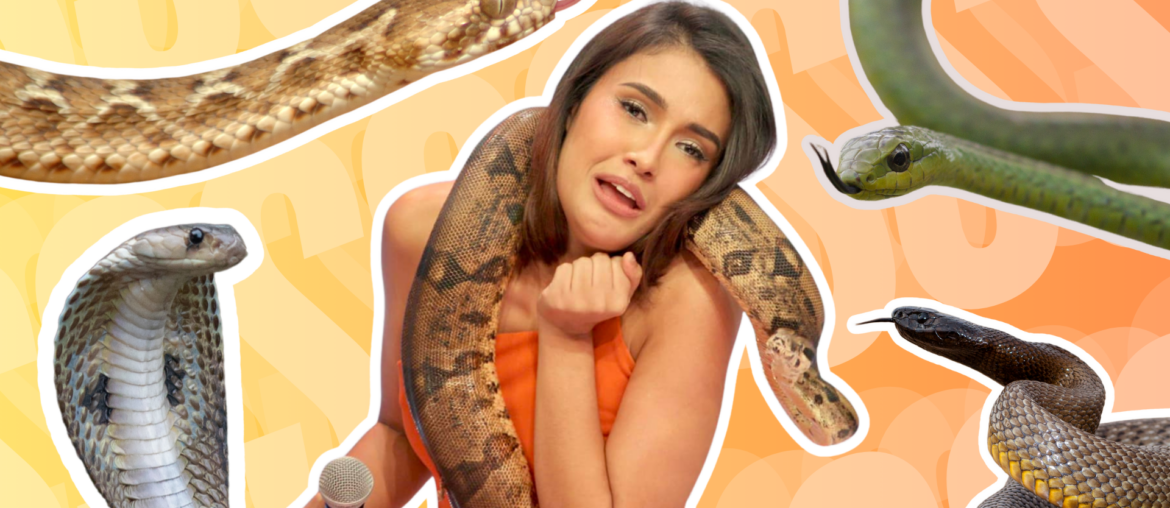The terror of the grasslands is having its day today!

Snakes have been a symbol of terror for many due to their lethality. However, these reptiles have a significant role to fulfill in the ecosystem to maintain its balance.
The Slithery Terror

Snakes are commonly found in grasslands, forests, swamps, deserts, fresh water formations and salt water bodies. Most of these animals are harmless, except for a few of them who are known for their high lethality. However, the lethal ones do not truly attack unless provoked.
Nevertheless, the majority of the humans are afraid of these slithery reptiles due to lack of knowledge and an ingrained fear that we mostly got in our early age. Thus, World Snake Day was established to inform the general populace about snakes.
World Snake Day

This event is celebrated around the world during the 16th of July. World Snake Day is an important event, because this teaches us more about snakes, since these creatures have had a negative connotation in their names. This bad reputation has killed many harmless snakes around the world and this has been an alarming issue since this can disrupt the balance of the ecosystem.
This celebration also urges the world to get to know the 3, 500 species of snakes worldwide! Moreover, we are also here to introduce you to snakes you should be wary of:
SAW-SCALED VIPER

- Scientific Name: Echis carinatus
- Habitat Location: Savannas in Africa, Arabia and southwestern Asia
- Mortality Rate: 20%
INLAND TAIPAN

- Scientific Name: Oxyuranus microlepidotus
- Habitat Location: Australia and southern edge of New Guinea
- Mortality Rate: 80%
KING COBRA

- Scientific Name: Ophiophagus hannah
- Habitat Location: Northern India, east to southern China, including Hong Kong and Hainan; south throughout the Malay Peninsula and east to western Indonesia and the Philippines
- Mortality Rate: 50% – 60%
BANDED KRAIT

- Scientific Name: Bungarus fasciatus
- Habitat Location: Thailand and most Asian forests and open countryside
- Mortality Rate: 1% – 10%
TIGER SNAKE

- Scientific Name: Notechis scutatus
- Habitat Location: Australia
- Mortality Rate: 45%
BOOMSLANG

- Scientific Name: Dispholidus typus
- Habitat Location: South Africa, Swaziland, Mozambique, Botswana, Namibia and north through sub-Saharan Africa
- Mortality Rate: Undetermined
BLACK MAMBA

- Scientific Name: Dendroaspis polylepis
- Habitat Location: sub-Saharan Africa
- Mortality Rate: 100%

— Although snakes are truly fearful creatures, let us remember that these reptiles have roles to fulfill in the ecosystem too. Hence, it is essential to know which of them are truly a danger to your life, lest we kill all of them and throw off the balance of our ecosystem.



Comments are closed.